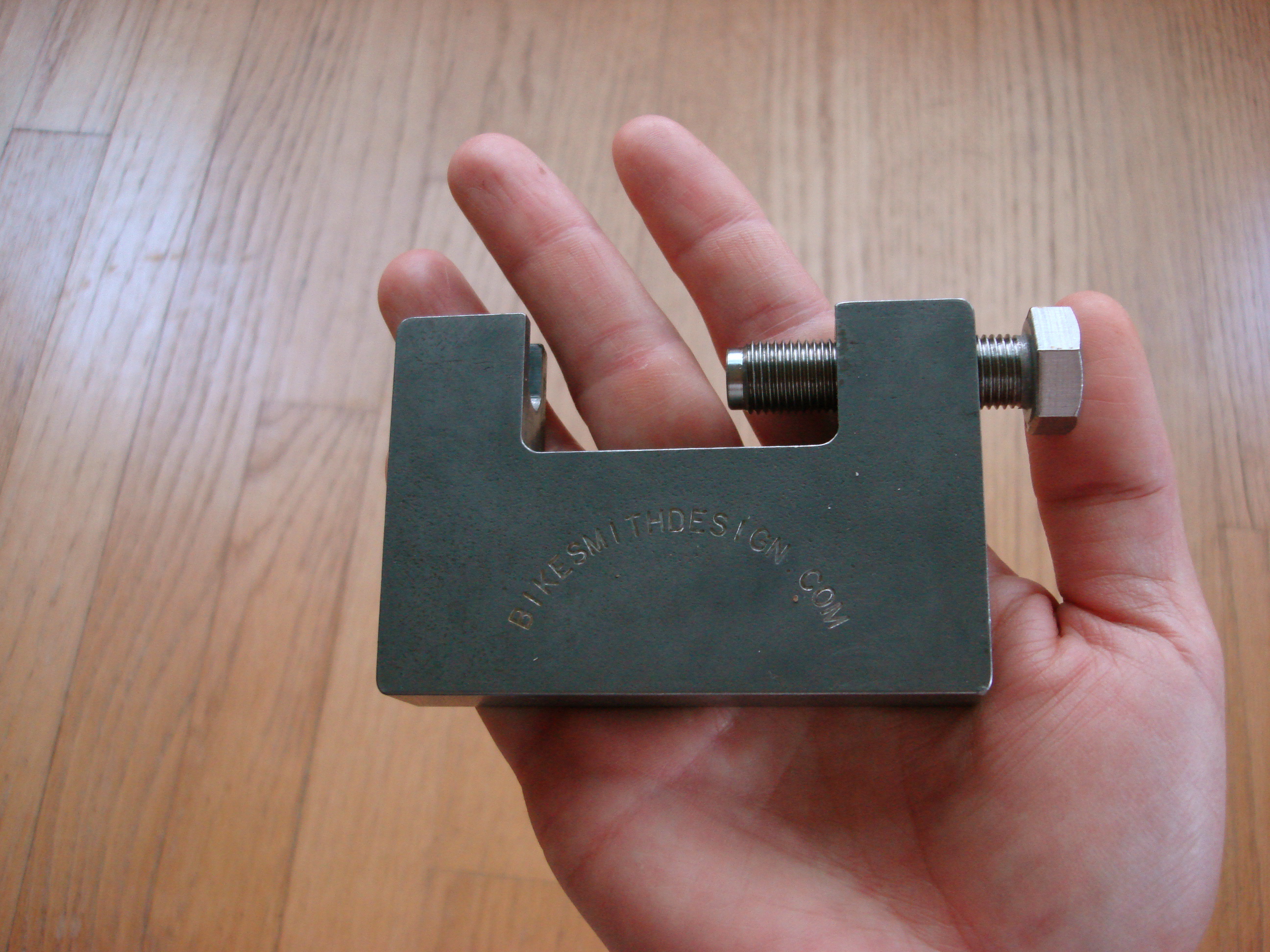Carlton green wrote: If that’s the case then I’ve missed why there’s a preferred direction for cotters to be installed.....
it could be the case that the cantilever (twisting) loads on the LH crank (with its short BB bore) are worst and that these loads when combined with the torque loads do favour one orientation over another, and that the (less harsh) loading on the RH side is less sensitive to cotter pin orientation. But I'm basically speculating here.
Any tips on filing cotters?
since you can't file them lengthwise (not without clouting the threaded part on the end, anyway) they have to be filed diagonally or sideways. Since cotter pins are impossible to hold by hand without risk of rocking, the cotter pin should be held in a bench vice when filing. Setting the flat parallel to the top of the vice jaws helps keep the angle correct. Use a long pattern file and use a good technique which keeps the file flat without rocking, if you want the surface to stay flat.
If there is lots to come off an angle grinder is a lot quicker, but keeping the surface flat is more difficult.
cheers


